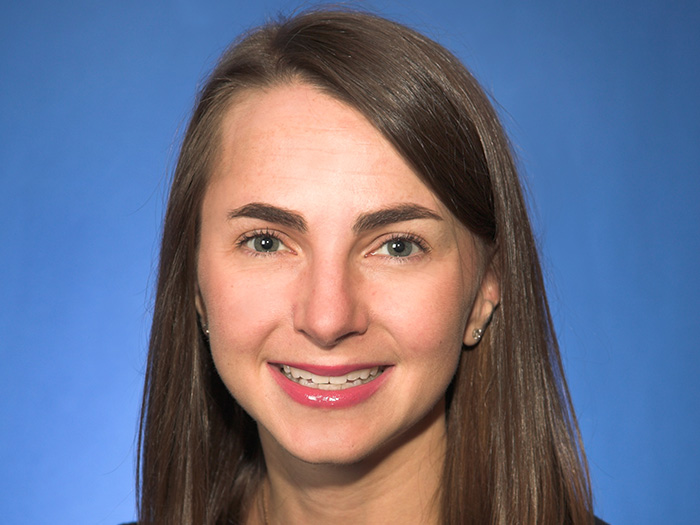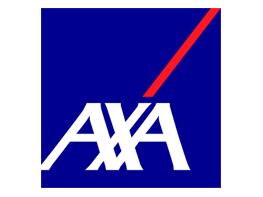Rising Star Blythe Hogan Paints a Picture of Today’s Fine Arts Insurance Space


Come see the Stars! As part of our ongoing coverage of the best brokers in the commercial insurance space, Risk & Insurance®, with the sponsorship of Philadelphia Insurance, is expanding its coverage of the Rising Stars, those brokers who represent the next wave of insurance brokering talent.
Look for these expanded profiles on the Risk & Insurance website and in your social media feeds throughout the year.
Here’s our conversation with Blythe Hogan, vice president and director, Aon, and a 2023 Fine Arts Power Broker.
Risk & Insurance: What are some of today’s market trends impacting the fine art space?
Blythe Hogan: The combined losses from natural disasters over the past five years, including hurricanes and wildfire, have impacted our carriers’ appetites in catastrophe-exposed states, with some carriers declining to write new business, capping fine art concentrations at homes or venues, or non-renewing existing accounts in those areas.
Markets are very carefully monitoring their aggregations, not just limited to California and coastal states, but at storage facilities and zip codes with high concentrations, like in New York City, and areas of the country where we’ve seen more people buy residences, such as in Colorado, Wyoming and South Florida.
Fortunately, for the fine art and collections insurance sector, we’re still able to place or renew competitively priced and comprehensive programs for new and renewal business in most cases. We continue to focus on assisting clients with risk management strategies and providing advisement on maintaining updated appraisals to ensure they are appropriately insured. Moreover, new markets are entering this space providing additional capacity and appetite.
R&I: Why did you choose to be a broker in the fine arts space? What is it about this industry that gets you excited?
BH: I came into insurance somewhat indirectly. I was an art history major in college, and I had internships at an auction house and a museum, which I really enjoyed.
I wanted to explore alternative professions that combined art and business, although I didn’t know exactly what those opportunities were yet. So, I enrolled in the Master’s in Art Business program at Sotheby’s Institute of Art in London after college. Through that program, I learned about many facets of the art business industry: finance, markets, marketing, risk management and law.
At the time, I was reading about significant records set for artists’ works sold at auction; people were spending tens of millions of dollars on individual artworks.
I recall reading an article about an exhibition at New York’s Met Museum of the Damien Hirst work, The Physical Impossibility of Death in the Mind of Someone Living, a tiger shark in a tank of formaldehyde. And it just struck me: How do people protect high valued and/or physically complex works of art? How do you move these around safely? What is the physical and financial recourse if a work is damaged in transit or falls off the wall?
I became very intrigued and started doing a deep dive into risk management of art and collections, which lead me to art insurance.
I love my job. While I don’t get to see art every day or even every week, I truly enjoy working with my collector clients, helping them to protect their prized collections and find solutions for both their insurance and risk mitigation needs.
R&I: Clients have lauded your encyclopedic knowledge of the fine arts world. How do you keep yourself in tune with the art that you help insure?
BH: It’s the personal engagement that really keeps me in tune. That means not just reading auction results or fair reviews but also speaking with my appraiser contacts about what trends they’re seeing in the market, what their clients are consigning and acquiring, and what they’re seeing in the private market.
I recently retoured several of the art storage facilities that we work with on behalf of clients in Florida. It was wonderful to see and hear firsthand about the growth of their services and sophistication pertaining to emergency planning for collector clients.
I speak with conservators to enhance my understanding on types of losses and how to prevent or mitigate them. I have outlook calls with my art insurers to discuss what trends they are seeing with rates, capacity, increase in values, claims and other trends in the industry.
If I happen to be in a city where a client has a work on loan, I’ll always try to make an effort to go to the borrowing institution and see it in person. Of course, it’s an incredible experience personally, but it also helps enhance my knowledge of the types of exhibitions being held and what artists, mediums or time periods are being represented.
I learn so much from personal engagement and it is really important to what I do and how I service my clients.
R&I: Can you share with our readers some of your favorite pieces you’ve encountered and helped insure throughout your career?
BH: That’s a hard question. I am lucky to have a lot of favorites to date.
One of my favorite artists is Vincent van Gogh. I have been fortunate to see some of his paintings at museum exhibitions, but it was an exceptional experience to view a work of his within a client’s home. It was really powerful to see a work by a pivotal artists studied in art history in a personal setting. Of course, it was also rewarding to complete a risk assessment to ensure the work was protected and know we had it properly insured.
R&I: What advice would you give to new brokers in the fine art space?
BH: Be curious. The fine art and collections space is more nuanced than it appears. It’s not just standard art, but any kind of collectible or valuable article — jewelry, memorabilia, couture handbags, wine, classic cars — and the traditional category of “art” includes a vast number of mediums, methods, and materials, which warrant particular attention with regards to the best protections.
Exploring different types of vendors that impact how art is insured, from appraisers to hurricane glass manufacturing companies, is essential. Risks continue to change, and insurance continues to evolve.
The art insurance industry is relatively niche compared to other lines, and I always am open to speaking with people who are coming out of college or out of grad school or have been in the art world in different capacities but are thinking about insurance. In my experience throughout my own career, it has been wonderful to see the growth in interest in the art insurance business.
Staying curious and continuing to learn is key to best serving clients and excelling as an expert in this space. &










